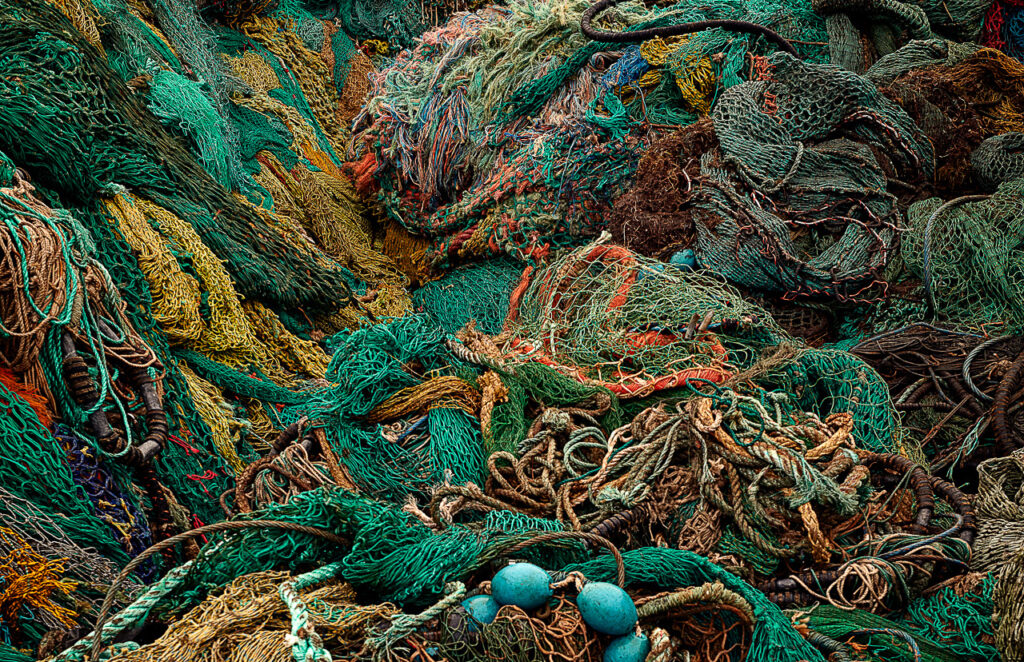Increasing production knowledge using fast moisture measurement in inhomogeneous recycled ropes and nets
How to increase vital information directly in a production environment
Purpose
The purpose is to further investigate the option for using near-infrared spectroscopy for quantifying the humidity in plastic waste material, primarily from discarded fishing net.
Background
The recycling process of ropes and fishing nets are an environmental good idea and one of a few ways to recycle troublesome products, which have appeared lately e.g., recycling artificial soccer lawns, fishing nets and ropes.
Ropes and nets are made from plastic polymers and usually contain a variety of polymers, with very different characteristics and behaviour. This difference in behaviour makes the unit operations in the processing challenging and time consuming.
The usual measurement of humidity in plastic material is conducted using Karl-Fisher titration, which is a tedious and time-consuming way of analysing this parameter and an alternative measurement would be highly useful. The use of vacuum and heat are also used for humidity until constant weight are achieved.

Near-infrared spectroscopy give a unique fingerprint for organic compounds, where both bond stretching and bending gives off specific signals for specific functional groups with organic chemical compounds. All plastic polymers are built up from carbon and oxygen, primarily and thus depending upon the polymer unit, each polymer type will show different NIR spectra. Furthermore, the water content will also be apparent from the spectra as water molecular stretching and bending will be visible and a content measurement is within reach.
The moisture content is a critical measurement to ensure consistent processing and efficient energy consumption.
Development at Plastix
Further development of PLASTIX’s NIR spectra calibration database was performed to include more types of polymer fibres and the moisture content. With the latter, the obtained model worked in an 8-45% w/w range.
The obtained model gives a tool for moisture analysis directly in the production environment. The increased knowledge of moisture in the processed rope and net, makes is possible to balance the power usage securing a consistent process.
Next step
The next steps are further calibration of the model to include more types of materials and making a faster distinction possible in received raw materials. Additional improvement of the lower limit precision of moisture content.
References
1. Camacho, W., Vallés-Lluch, A., Amparo, R., & Karlsson, S. (2003). Determination of moisture content in nylon 6,6 by near‐infrared spectroscopy and chemometrics. Journal of Applied Polymer Science, 87, 2165–2170. https://doi.org/10.1002/app.11595
2. Krauklis, A. E., Gagani, A. I., & Echtermeyer, A. T. (2018). Near-infrared spectroscopic method for monitoring water content in epoxy resins and fiber-reinforced composites. Materials, 11(4). https://doi.org/10.3390/ma11040586
